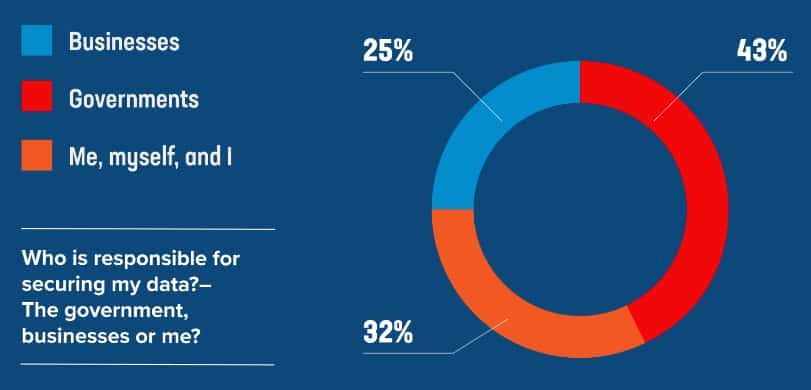Today’s challenging environment, especially in the face of COVID-19, and corresponding changes in digital habits has left many systems – and users – exposed, pressuring businesses and governments to fortify their security frameworks and further tighten regulations and compliance policies.
Ankit Saurabh, assistant lecturer, School of Engineering and Technology at PSB Academy says COVID-19 has forced consumers to adopt the new normal characterised by working-from-home. The primary means of accessing goods and services has moved online.

“During this critical time, businesses need to work even harder towards improving their security postures to protect customer and organizational data,” said Saurabh.
To remain competitive businesses must consistently deliver unique, high-performing, and secure digital experiences while complying with complex compliance and security requirements as well as ensuring a convenient, frictionless, and user-friendly experience. To help achieve this goal, businesses should turn to a largely untapped resource: the customer.
F5’s latest Curve of Convenience 2020 report shows that 27% of respondents are not even aware of breaches to government sites or high-use applications, making it more important than ever to view customers as allies, working towards the common goal for a delightful, yet secure, digital experience.
With the right information, users can increase vigilance when sharing their data, or even demand for more transparency on how their data will be used.
“It is imperative for businesses to not only train and equip their workforce with the necessary skills, but to also involve the consumers in this security-convenience journey to stop cyber threats in their tracks,” said Saurabh.
Adam Judd, Senior Vice President, Asia Pacific, China and Japan, at F5 opined that to truly integrate convenience and security, businesses should proactively involve consumers across the development of the applications, not only at the end.
He noted this is especially true where both application consumption and security vulnerabilities are multiplying by the day. He also believed that showing users what’s at stake will help them feel that they should be invested in their own protection.
He proposed that partnering with consumers means that the industry can thrive, and businesses, together with their digital partners, can create better solutions that deliver seamless yet secure experiences, any time, all the time.
Report highlights

• Asia Pacific consumers assign security responsibilities to businesses (43%) and governments (32%). Only 25% believe it is the users’ responsibility to protect their own data.
• Asia Pacific users are willing to give up their privacy to gain better experiences. Respondents from China (82%), India (79%) and Indonesia (79%) are the most willing to share their data, with respondents from Japan (43%), Australia (50%) and Singapore (58%) being the least likely to trade data for more seamless experiences.
• Over 25% of users are unaware of breaches. 27% of respondents indicated that they were not even aware of the breaches despite hacks that affected government bodies or high-use applications.
Only 4% of respondents stopped using an application as a result of a breach, however, their trust in an organization’s abilities to protect their data is waning across the board – with social media companies witnessing the steepest drop in trust by 19-percentage points.





